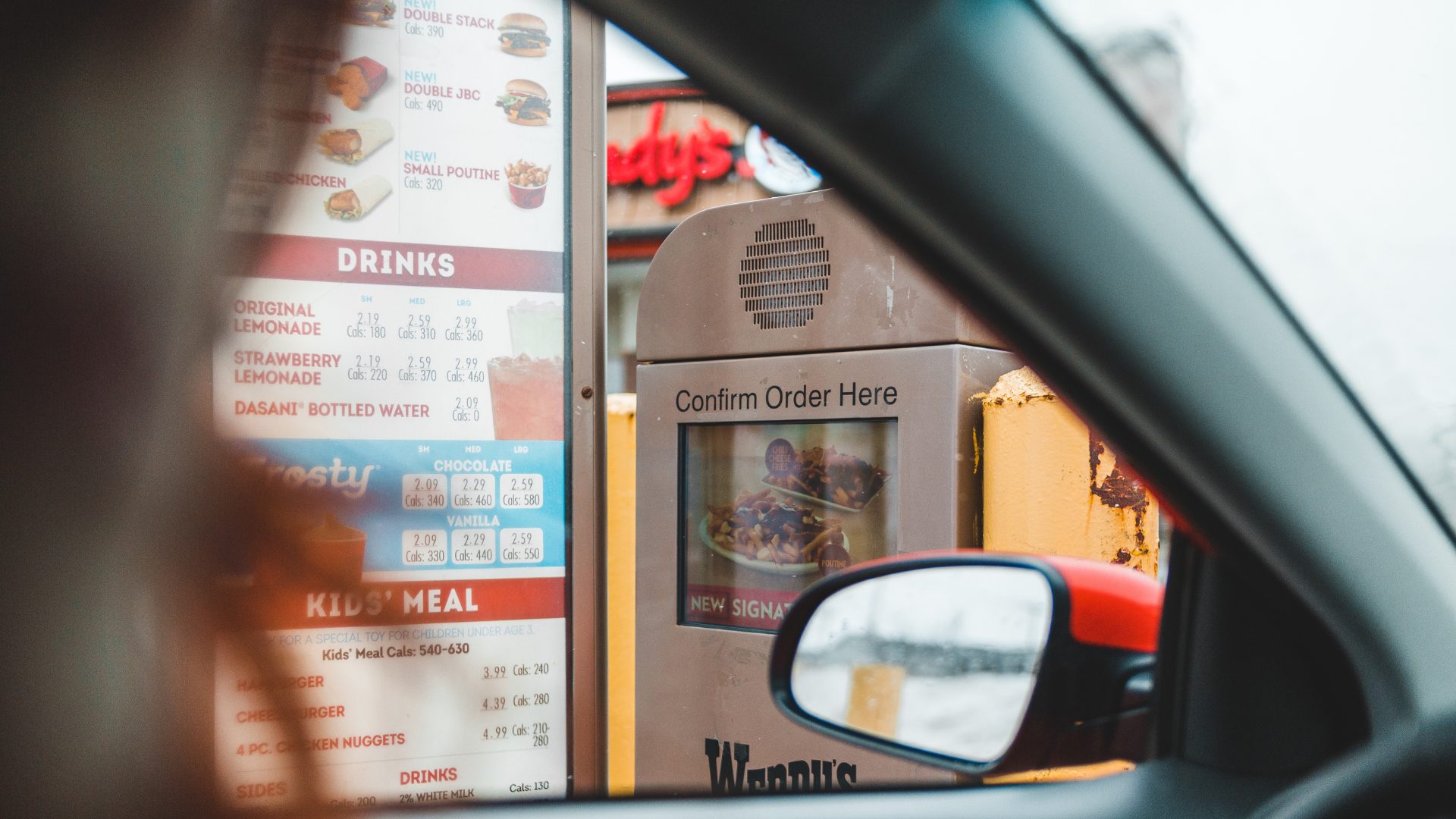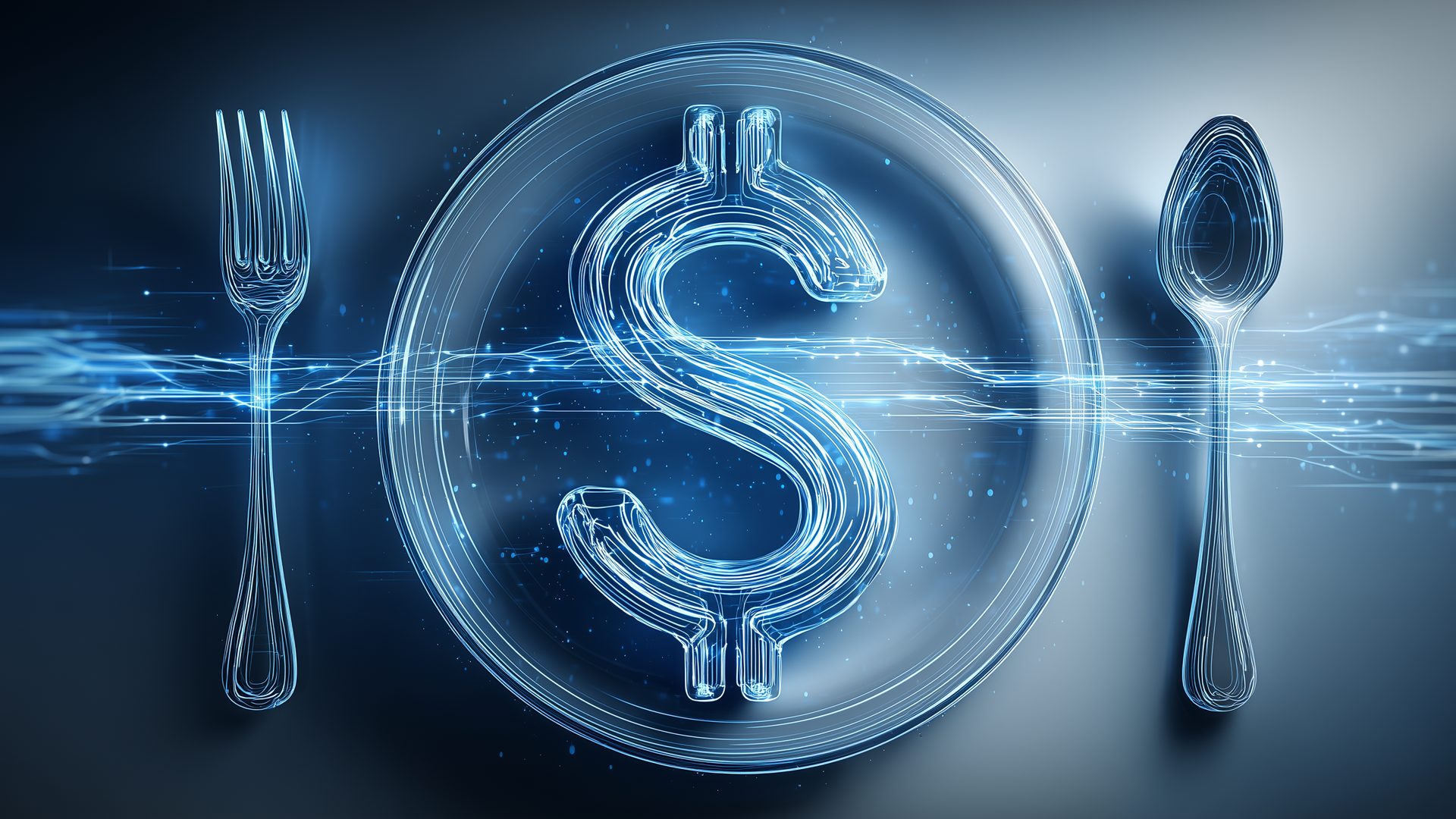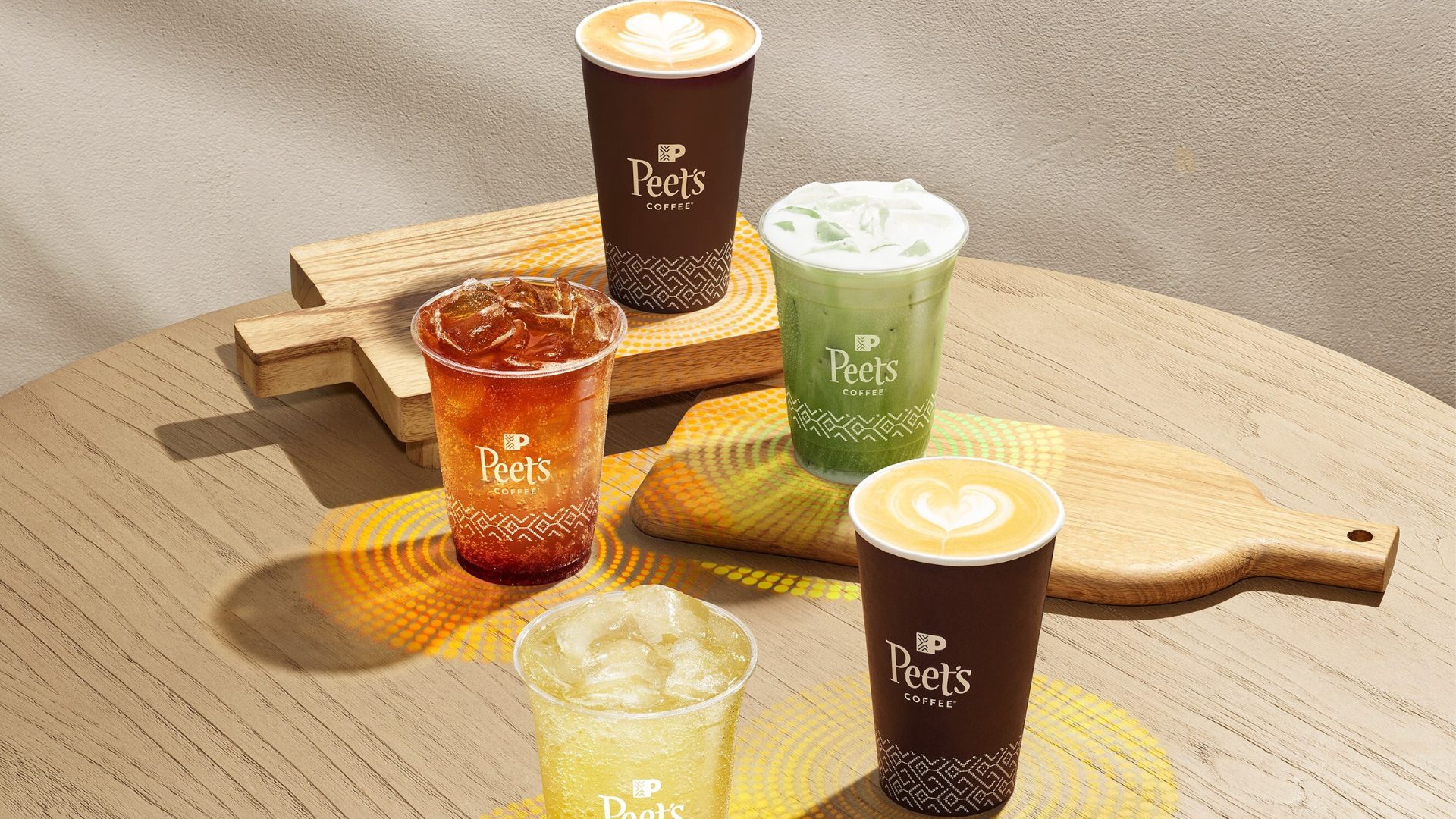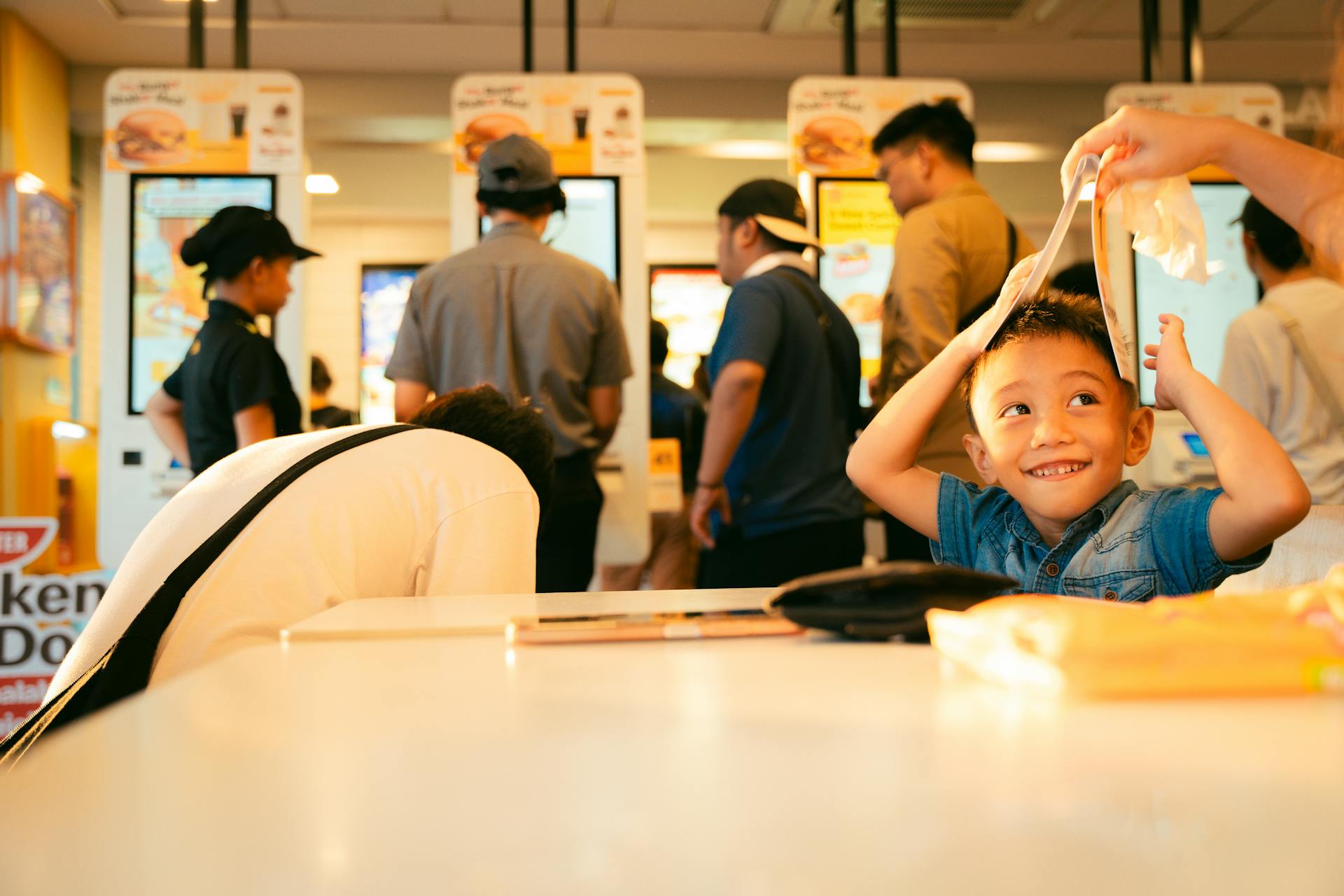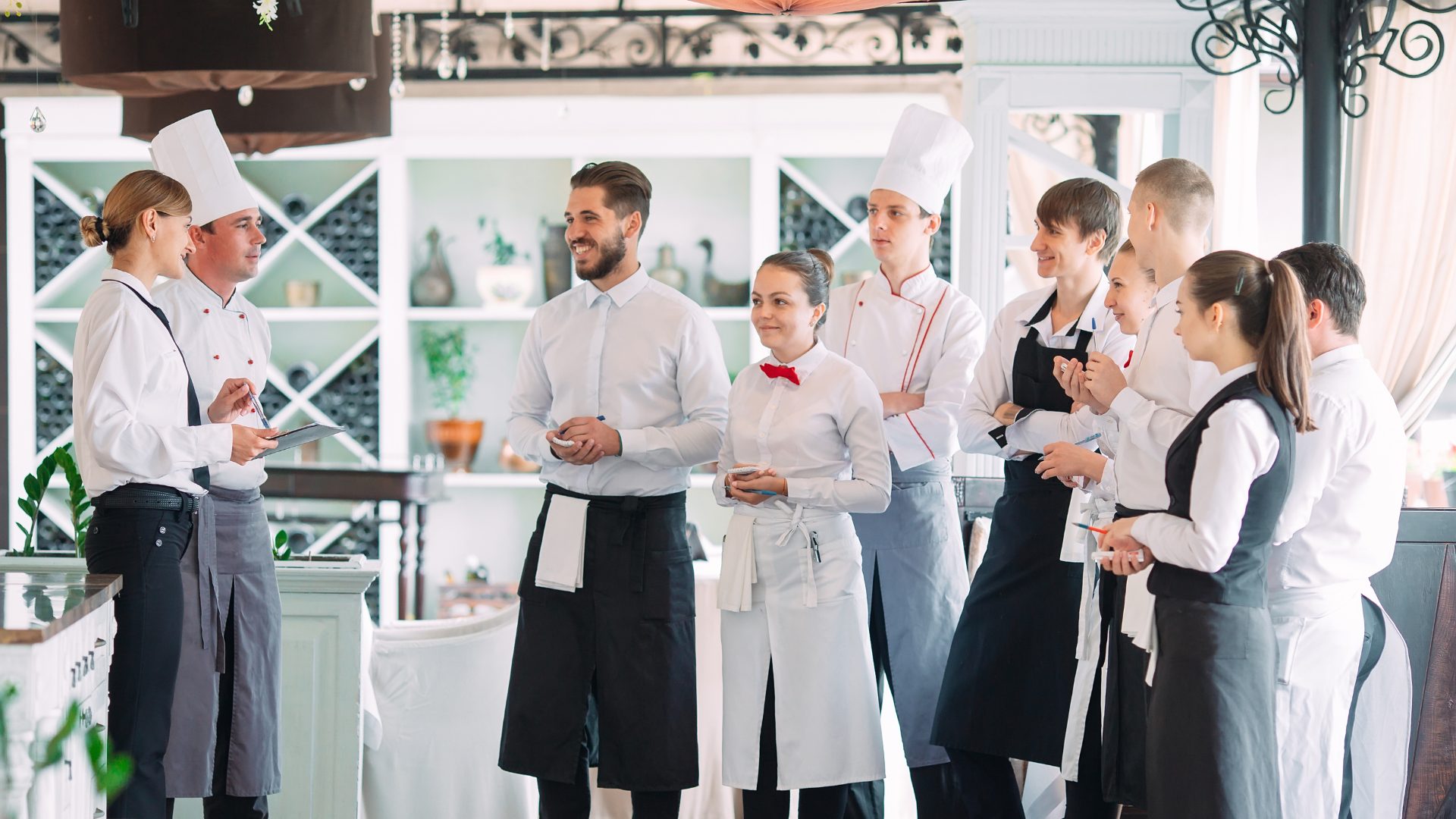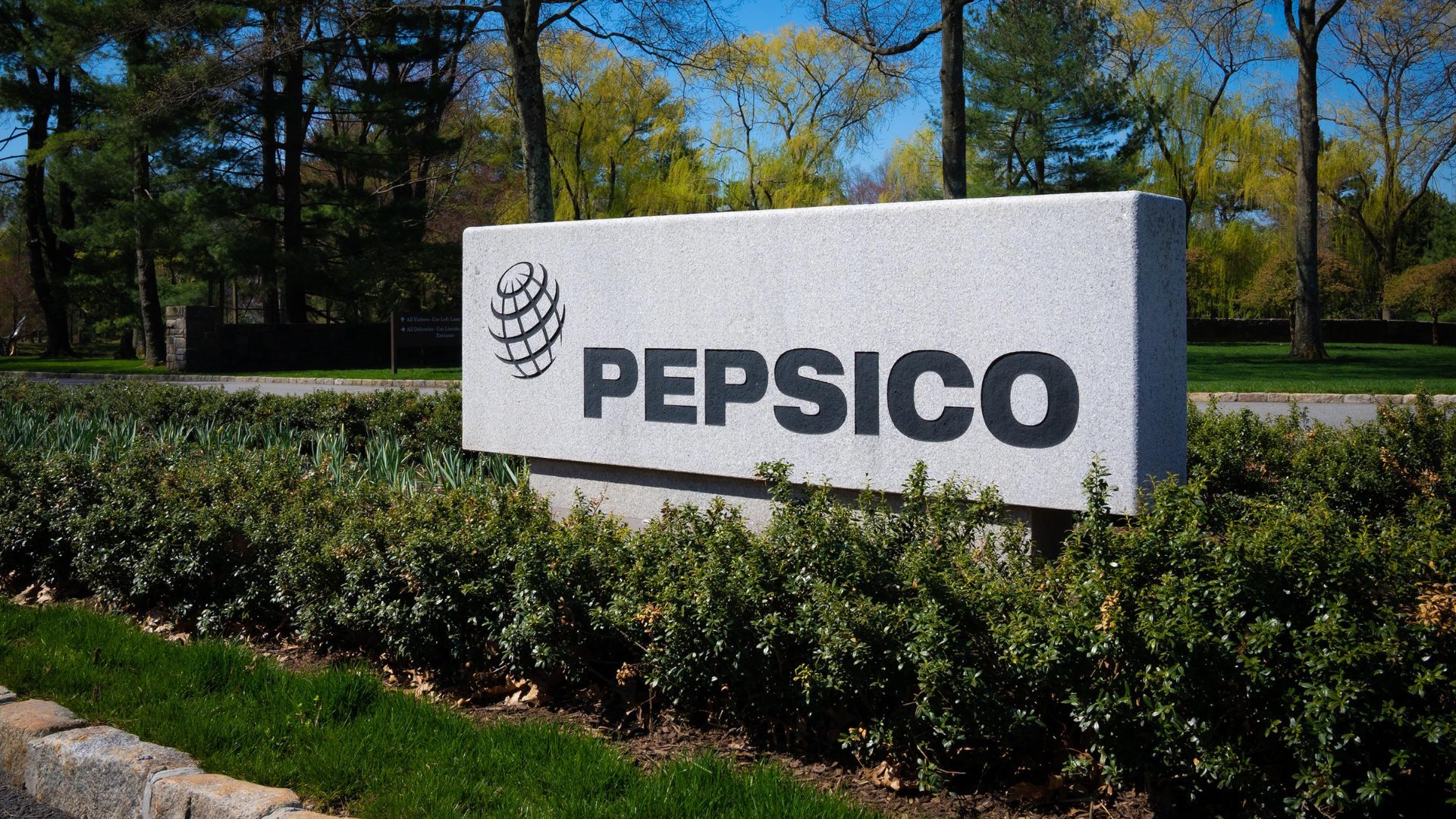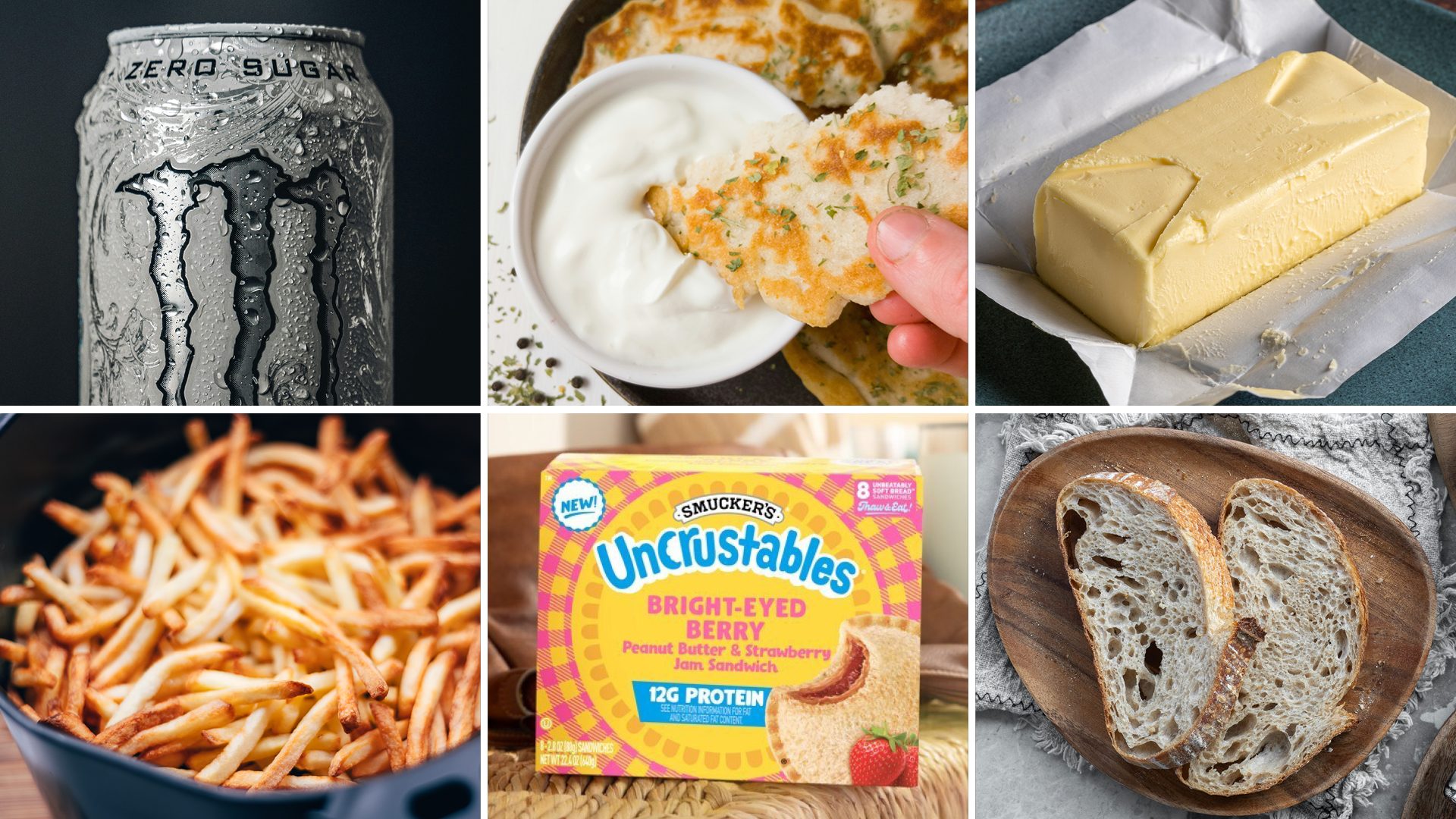Industry executives say a “two-tier economy” has taken shape as consumers become as budget conscious as ever. This is unfortunate news for fast-casual restaurants – and even worse for QSR chains.
According to the latest research conducted by Placer.ai, budget-conscious diners are trading down to cheaper promotions or shifting spending to grocery, dollar, and convenience stores. During the month of August, visits to casual-dining chains were up 1.4%, and 0.5 at fast-casual chains. However, traffic was down 3.4% at QSRs.
“Leaders from major brands like McDonald’s, Chipotle, and Starbucks recently noted that lower-income consumers, in particular, are feeling the pressure of a challenging economy and are pulling back on frequency of their visits,” Placer.ai’s R.J. Hottovy wrote in a blog post.
Dan Rowe, the CEO of Fransmart, said restaurants he works with have largely been insulated from struggles, but he has noticed sluggish business in general in the QSR space.
“Every day the world’s population grows and everyone wakes up hungry, so there isn’t an issue of demand,” Rowe told The Food Institute. “People are just spending (money) elsewhere. All of this goes in cycles.”
Placer.ai’s research shows affluent consumers continue to spend, while lower-to-middle income households face significant cost-of-living pressures.
“The trend is visible in visitation data, which shows quick-service and fast-casual restaurants underperforming full-service restaurants and coffee chains in recent months,” Hottovy noted.
Consumer caution has led to a “trade-down” effect in which customers actively seek value deals or skip add-ons like drinks to manage their check size, Placer.ai noted. In response, chains are emphasizing affordable meal bundles, such as McDonald’s Extra Value Meals.
This year’s second quarter results demonstrate a clear picture of a market defined by value-seeking consumers.
“The resounding success of casual-dining chains like Chili’s and Applebee’s, which leaned heavily into affordable, bundled meals, demonstrates that a compelling value proposition can still drive significant traffic and sales,” Hottovy wrote.
Conversely, the fast-casual and QSR segments are facing an identity crisis of sorts, squeezed by intense competition from lower-priced grocery and convenience store options and aggressive promotions from sit-down restaurants.
“Ultimately, the brands that will thrive for the remainder of the year will be those that can master the art of delivering a strong, clear value equation – whether through price, experience, or convenience – to a customer who is more discerning with their dining dollars than ever,” Hottovy wrote.
The Food Institute Podcast
How can a food industry trade show spark global culinary creativity? Anuga’s JP Hartmann, U.S. Consul General Preeti Shah, and World Food Championships’ Nikki Jackson share their perspectives on how the U.S. presence at Anuga 2025 is helping to bridge culinary experiences together.


